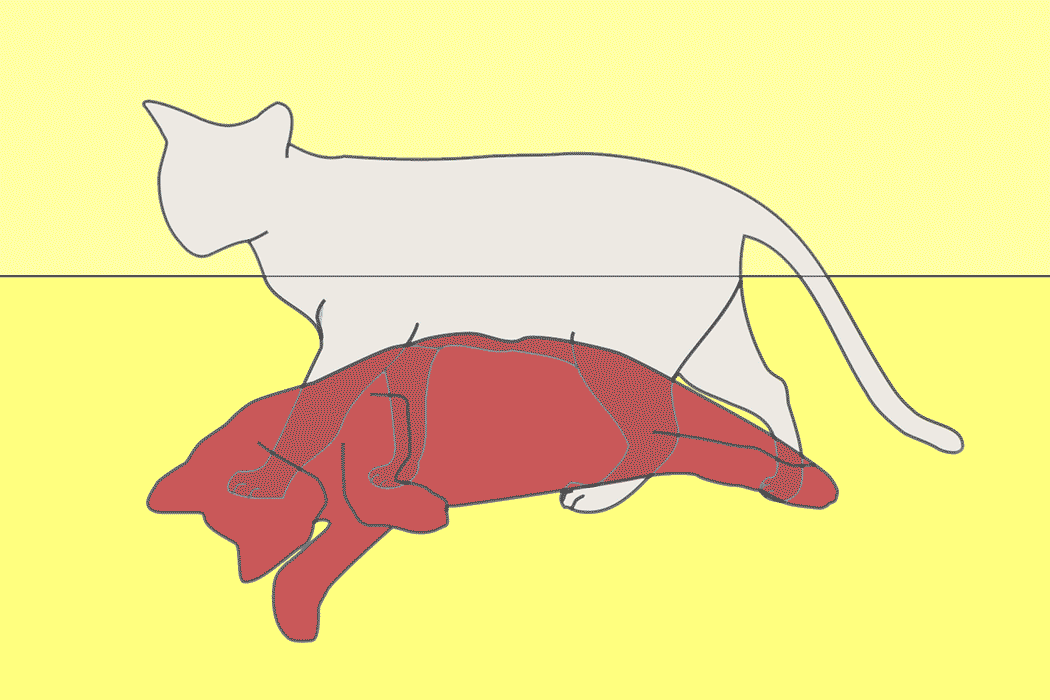We all know Schrödinger’s Cat, that unfortunate feline trapped in a box in a strange, indeterminate state. But why did a few lines in an old physics paper spark so many people’s imaginations? Literary scholar Marie-Laure Ryan explores.
In 1929, Austrian physicist Erwin Schrödinger came up with a groundbreaking equation that could accurately predict the behavior of a system of subatomic particles. It also showed that at the tiny quantum scale things behaved much differently than in the big world we can see. It suggested that people might only be able to understand the behavior of electrons as probabilities. Perhaps, some physicists argued, two incompatible states somehow existed simultaneously until an event known as “wave-function collapse,” when they took one path or the other. Schrödinger found this idea unacceptable.
“He is known to have said that he hated his equation for its consequences for the nature of reality,” Ryan writes.
It’s in this spirit that he created his famous thought experiment, which was only a short paragraph in a 1935 paper. The idea is that the cat’s fate depends on the behavior of a subatomic particle, so it remains both alive and dead until the collapse of the wave function. The point, Schrödinger wrote, was that this “ridiculous” scenario should discourage us from “naively accepting as valid a ‘blurred model’” of reality.
In the decades since Schrödinger created the cat parable, many people beyond the world of physics have adapted it for their own purposes. In the short story “Schrödinger’s Cat” by Ursula K. Le Guin, a talking dog attempts to place a cat in a deadly contraption for the “scientific” purpose of determining that, in the end, the cat “will be dead, or not dead.” Ryan writes that the story “leaves the reader’s mind in a dizzying superposition of possible but partial interpretations. The only global meaning that can arise from this superposition is a radical loss of certainty.”
Another short story, “Schrödinger’s Plague,” by Greg Bear, hinges on the idea—more popular among new-age thinkers than physicists—that the collapse of the wave function in quantum mechanics is caused by conscious observation. In the story, a scientist causes a deadly virus to exist in the superimposed states of “released” and “not released” as long as no one knows about the experiment. This results in a series of murders and suicides designed to prevent the knowledge from leaking.
Weekly Newsletter
A more frequent treatment of quantum mechanics in literature relies on the “many worlds” interpretation, in which a particle actually takes both of its two possible paths, leading to the creation of separate universes. Here, the cat is alive in one version of the world and dead in another.
Whichever angle a writer takes on Schrödinger’s cat, Ryan argues that the topic poses the challenge of applying logic from the subatomic level in narrative formats normally concerned with macro-level interactions between people and their environments. And that challenge, she suggests, is exactly why writers find it so appealing.







